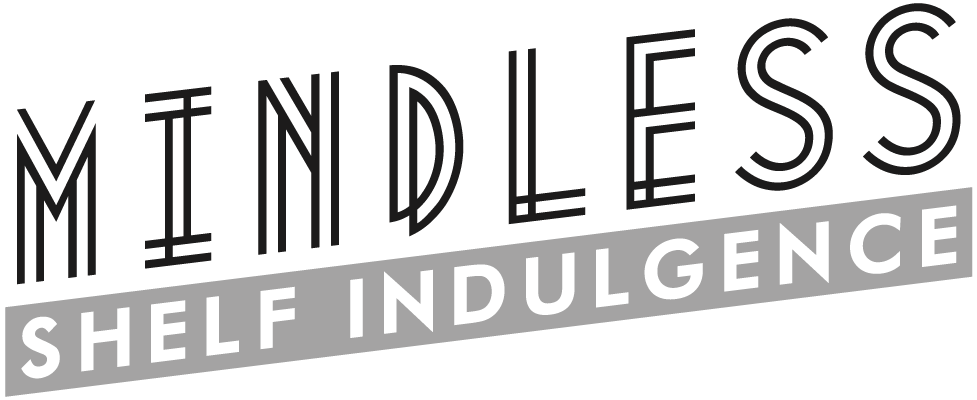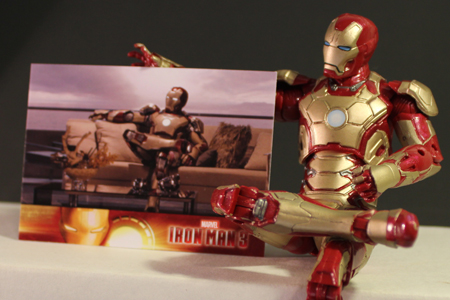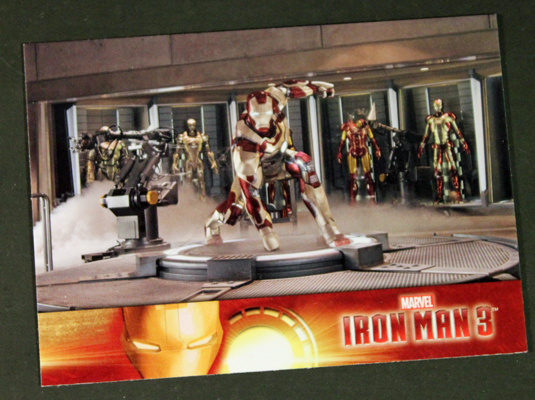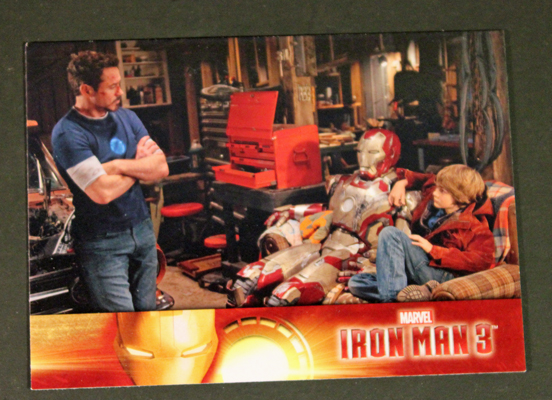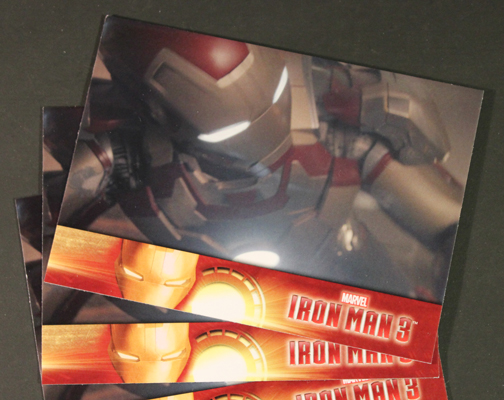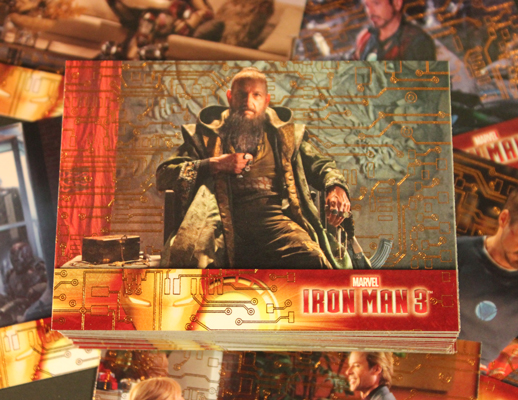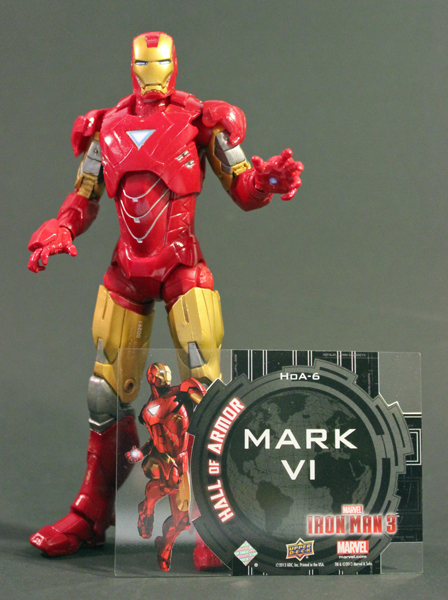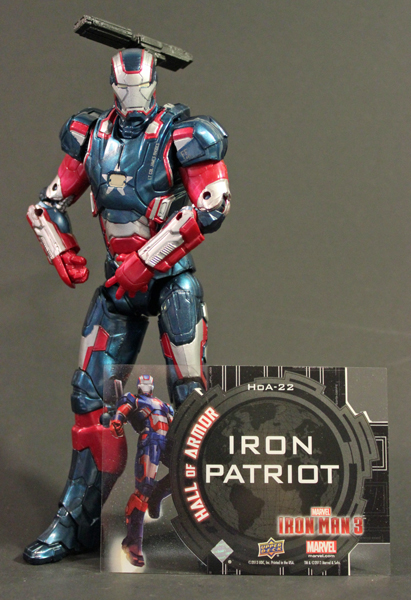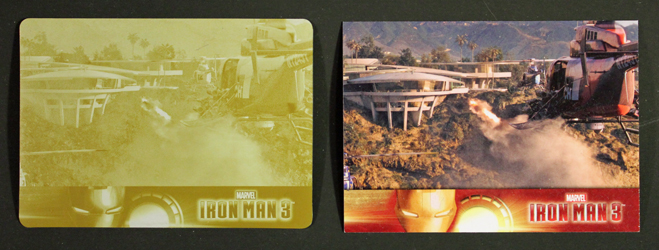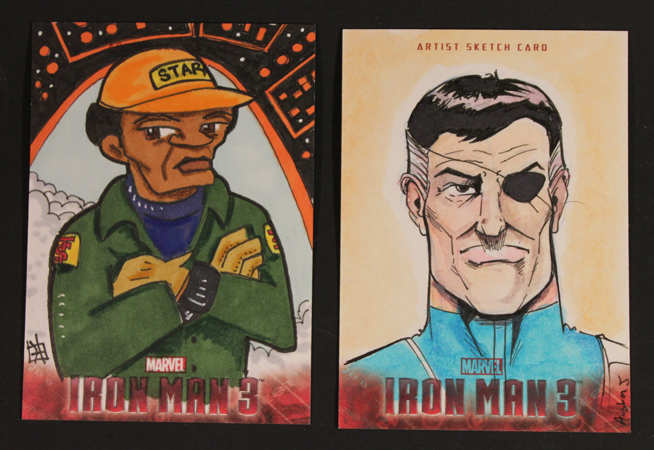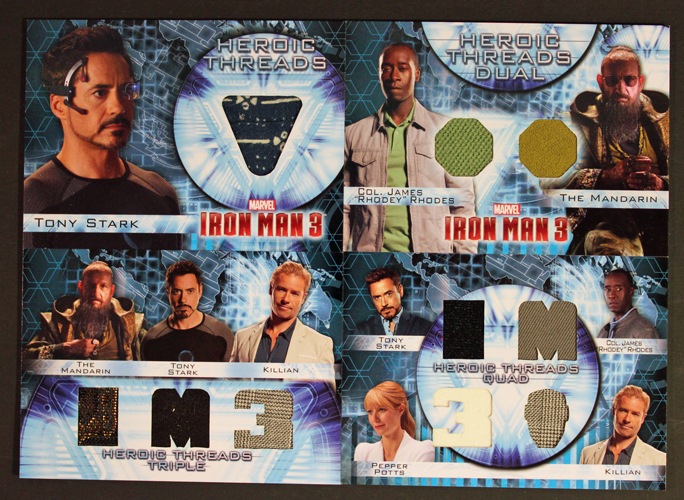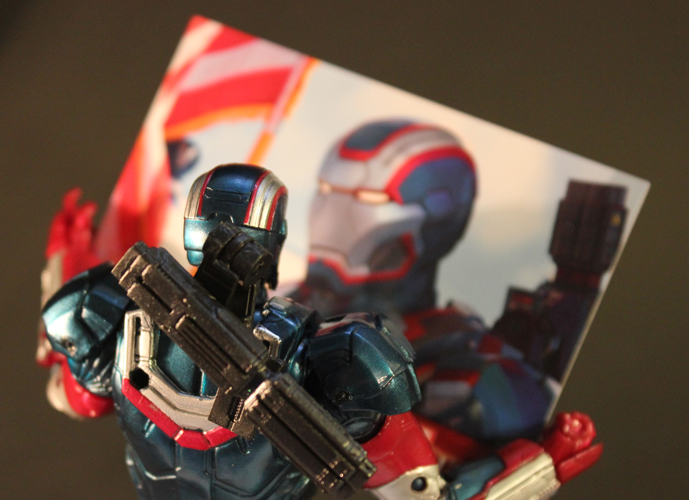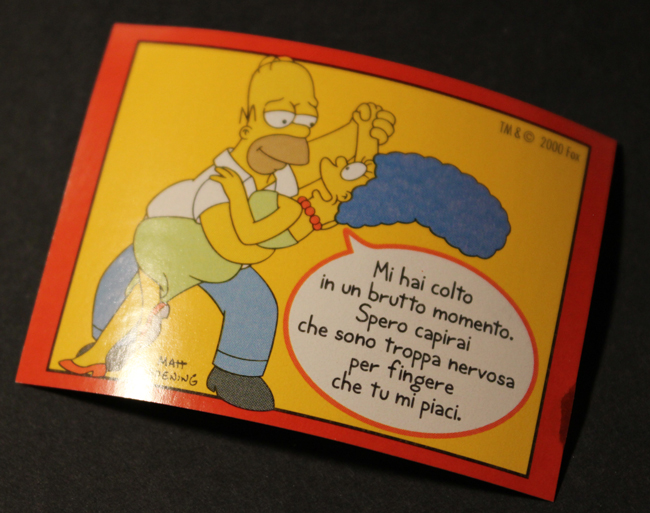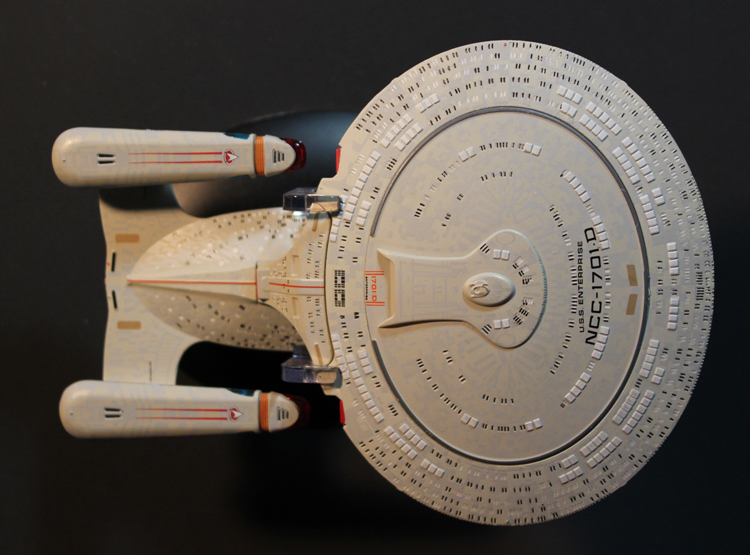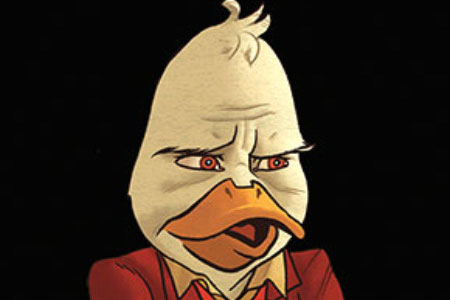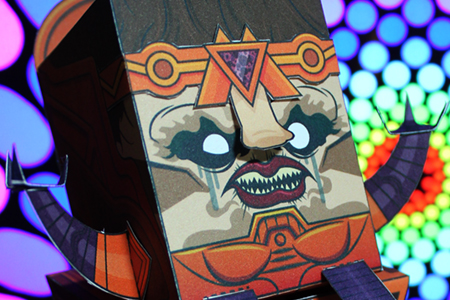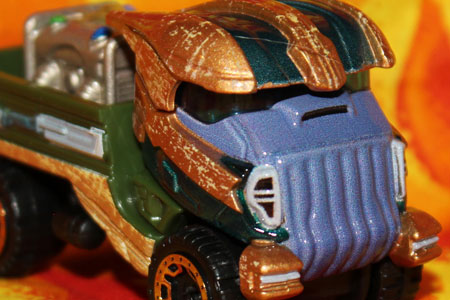I’m just going to put this way out front here: movie-based trading cards are boring.
Throughout the history of ephemera and paper-being-used-as-a-tradable-object, I don’t think that there have been many genuinely interesting trading card series which are based on movies. Generally, these ill-fated and contractually-obligated series will pull a single frame from a movie, slap it on a card, and summarize the scene on the back. It’s an obvious and tiring formula.
At their very best, movie trading cards are an education in storyboarding; these are the iconic beats within a scene that frame this particular narrative and make it effective. Of course, this relies heavily on the card series’ careful, educated selection of frames, and reducing those beats into a 90- or 120-card set, effectively constructing an abridgement of an already truncated cinematic experience. If you don’t know your narrative structure or storyboarding, you’re going to make a pretty impotent set of cards, and you’re left to focus on whatever shots you can find that might showcase big, pretty pictures of actors and actresses, preferably with boobs. Male or female. It doesn’t really matter. Both have an audience.
At their worst, movie trading cards are grainy, second-hand screengrabs from a preview DVD with a irrelevant quote slapped on the back.
And again, at their best, movie trading cards will take a frame of a cool monster or robot that only appeared on screen briefly and give the audience a still shot of an interesting and fleeting film object, even though this goes directly against my first point. Brief, fascinating objects are rarely important story beats – which is where card subsets come in, I suppose. Weirdo creatures are always interesting. Tell me something more visually arresting than the Star Wars cantina scene and I’ll gladly throw myself into it, if only to prove you wrong.
But the point here is this: I don’t think that anyone purchases a pack of movie trading cards hoping to score a really great storyboard, or a picture of a very important conversation. If you’re a creepy celebrity obsessive, I’m sure you’ll add certain cards to the sticky mural in your closet, but I hope this audience exists in a very small minority. I don’t know if movie cards can ever really reach beyond this point. They’re restrained by their nature. But people DO purchase packs of movie cards hoping for chase cards: artifacts from film costumes, autographs, and maybe original art, a few lenticular cards or a printing plate. These Iron Man 3 Movie Trading Cards from Upper Deck meet a lot of the criteria that make a set of movie trading cards pretty neat.
First off, this set of IM3 cards demonstrate almost universal clarity of image, which is excellent, and almost definitely a result of having HD source material. It’s amazing how many similar card sets look like they’re made by a guy pointing a disposable camera at an old TV while it plays a bootleg VHS tape during an earthquake.
Second, these cards also capture some great story beats: card #2 is a shot of Tony Stark first summoning his new armor to his body, a vital plotpoint captured in a single image. Card #40 tells a story by itself: Tony Stark has a standoffish conversation with a kid sitting on a ratty couch with his busted-up Iron Man armor. It’s a very cool image that encapsulates a much larger idea that’s explored in comics about the hero versus the human, and where the two concepts meet.
Card #29, conversely, is a way-too-close shot of a blurred Iron Man armor, post-explosion. Card #7 is a shot of the back of Gwyneth Paltrow’s head as she converses with the side of Guy Pearce’s face. They hit and miss. Sort through the set and you’ll find one or two clear shots of Iron Man in action. Mostly, you’ll find Iron Man in emotive silhouette, or lying in the blue shadows of a snowy field, or sitting on couches. To be fair, this mirrors the film pretty closely.
The entire series of basic cards is paralleled by cards which have copper foil “wire” details printed on them, running over the backgrounds but disappearing behind any characters or important details featured on the card. It’s an added level of collectability that exists in that scary place where completists exist: that anxious, avaricious place where all much be consumed in all variations before the soul may rest, darting awake at 2 AM because you need to pre-order something online. The cards represent an interesting aesthetic idea that doesn’t do much otherwise.
The Hall of Armor subset focuses on the individual suits of armor, printed on clear plastic, affixed to a die-cut portrait of the armor’s helmet. You might also score a printing plate in your pack; these are the original metal plates used to print up the cards in this set, and each is one-of-a-kind. I happened to score the yellow printing plate for card #25, the attack on Tony’s house.
The best cards, however, are the Artist Sketch and Heroic Threads cards.
Sketch cards are always a gamble. You’ll either get a really great artist, or a fairly mediocre one. I once did sketch cards for one of Topps’ Star Wars Galaxies card series, and it’s a grind. I’m not sure how Upper Deck runs things, but Topps pays a low rate on individual cards produced in a relatively high volume, and on a super-tight schedule. It’s the only way to do things and still remain profitable, so I understand the nature of the beast. It’s an honor to be included, and the artist makes up the difference by selling a few of their own cards on official stock, as well as rare promo cards provided at the completion of the project. Unfortunately, the production schedule is one which can cause the art to suffer; artists draw the exact same picture 50 times just so they can get through the project and get paid, or they might arrogantly scribble their way through the details to get everything in on time. Still, there are artists capable of making really quality art in sketchy conditions (no pun intended). I was not one of these talented-on-a-tight-timeline people, but the four sketch cards I found in the two hobby boxes of IM3 cards are an example of the full gamut.
Many cards go unsigned, so I can’t credit artists properly here, but artist James Riot put together an angular Mandarin and Fin Fang Foom pair of cards (packaged together) that is the pride of my sketch card collection.
Heroic Threads cards are triple-thick cards which sandwich a 1″ square piece of an actor’s costume which was actually used on screen. It’s like having 1/500th of a real, actual prop, but it doesn’t feel like it’s 1/500th as cool. It’s a tangible way to touch the thing you admire, and that’s pretty awesome. This IM3 set includes single, double, triple and quad cards. This means that you can score a card which includes costume swatches from four characters at once… or just one. Across two hobby boxes, I found one of each type, totaling 10 costume swatches across four cards. Let the DNA extraction process begin. Mini-Ben Kingsley, you will be mine.
So, do movie cards enhance the experience of the film? Maybe for some. So, what’s the point?
Just as Lucky Charms are a vehicle for delicious marshmallows, these cards are a vehicle for excellent original art and movie artifacts. And both are made of cardboard. The gambling element of obtaining a great piece for the price of a pack of cards is undeniable… and far too appealing.
[Product graciously provided by Upper Deck.]
 C. David is a writer and artist living in the Hudson Valley, NY. He loves pinball, Wazmo Nariz, Rem Lezar, MODOK, pogs, Ultra Monsters, 80s horror, and is secretly very enthusiastic about everything else not listed here.
C. David is a writer and artist living in the Hudson Valley, NY. He loves pinball, Wazmo Nariz, Rem Lezar, MODOK, pogs, Ultra Monsters, 80s horror, and is secretly very enthusiastic about everything else not listed here.